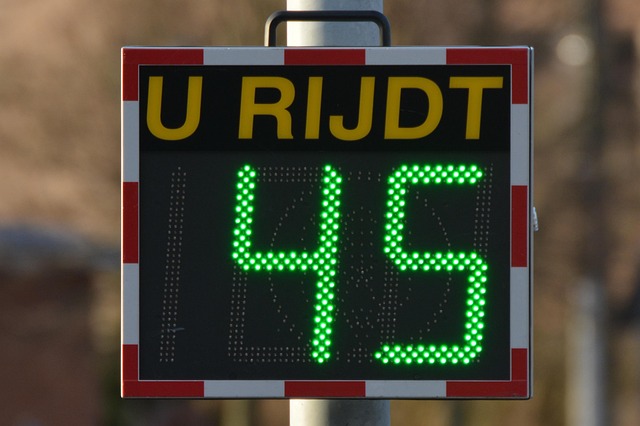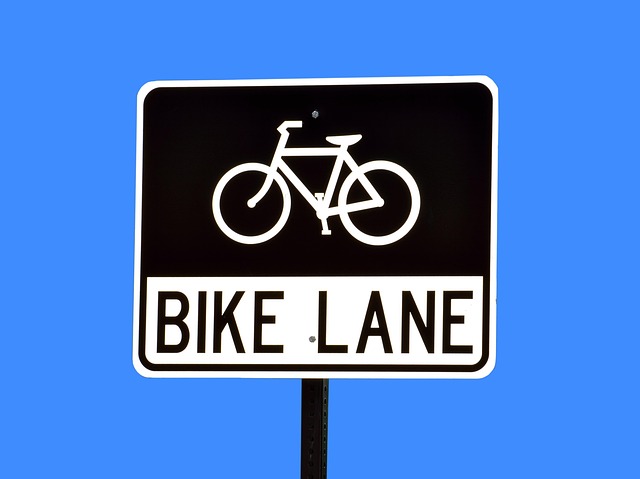Road traffic accidents are a global concern, but adopting Select Road Safety Tips can significantly reduce risks. Key strategies include safe driving in wet conditions and understanding highway rest area safety. Human behavior, especially elderly driver safety and pedestrian safety in school zones, requires specific attention. Effective tips like adhering to speed limits and educating pedestrians on crosswalk rights can enhance overall road safety. Improving infrastructure with better lighting, signage, and advanced technology further reduces accidents. Technology-driven solutions like ADAS and data analytics provide real-time hazard detection and targeted safety measures. Community involvement through awareness campaigns and tailored road safety tips cultivates a culture of shared responsibility, ensuring safer roads for all.
Road safety is a global concern, with human behavior playing a significant role in road accidents. This article delves into various aspects of road safety, offering practical Select Road Safety Tips for daily commuters. We explore how enhancing road infrastructure and leveraging technology can improve safety. Additionally, the importance of community involvement in fostering sustainable road safety practices is highlighted. By understanding these key factors, we can all contribute to making our roads safer.
- Understanding Road Safety: The Global Concern
- The Impact of Human Behavior on Road Accidents
- Essential Road Safety Tips for Daily Commuters
- Enhancing Road Infrastructure for Better Safety
- Role of Technology in Revolutionizing Road Safety
- Community Involvement: A Key to Sustainable Road Safety
Understanding Road Safety: The Global Concern

Road Safety matters is a global concern that transcends borders and unites communities worldwide. With millions of vehicles taking to the roads every day, ensuring safe driving practices has become paramount. According to the World Health Organization (WHO), road traffic accidents are a leading cause of death and injury globally, emphasizing the urgent need for action. This calls for a collective effort to promote and adopt Select Road Safety Tips that can significantly mitigate risks.
Among these tips, understanding how to drive safely during wet weather conditions stands out as a crucial strategy. Additionally, solo drivers should familiarize themselves with highway rest area safety measures. For instance, knowing the best practices when changing tires on highways can greatly reduce risks. These simple yet powerful measures are within everyone’s reach and could make all the difference in preventing accidents.
The Impact of Human Behavior on Road Accidents

Human behavior plays a significant role in road accidents, often with devastating consequences. From reckless driving to distracted walking, our actions on and around roads directly impact safety. For instance, elderly driver safety considerations are crucial, as age-related cognitive changes can lead to slower reaction times and reduced judgment. Similarly, pedestrian safety around schools zones is paramount, with children’s innate curiosity and lack of road experience making them vulnerable.
Selecting effective Road Safety Tips can mitigate these risks. Encouraging drivers to adhere to speed limits and maintain safe following distances can prevent collisions. Educating pedestrians on their rights at crosswalks and signals, such as the right to a safe passage without interference from vehicles, is also vital. By prioritizing these measures, we can foster a culture of responsible behavior that enhances overall road safety.
Essential Road Safety Tips for Daily Commuters

Road safety is a shared responsibility, and daily commuters play a vital role in keeping our roads secure. Here are some essential road safety tips to consider while navigating various driving scenarios:
1. Safe Winter Driving Practices Every Motorist Should Know: As seasons change, so do road conditions. During winter, be prepared for icy roads by adjusting your speed and maintaining a safe distance from other vehicles. Remember that acceleration and braking should be gentle to avoid skidding.
2. Navigating Busy City Streets Safely: Urban areas often present unique challenges with heavy traffic and limited visibility. Stay focused, observe all traffic signs and signals, and anticipate the actions of other drivers and pedestrians. Keep a safe distance and consider using defensive driving techniques to protect yourself from unexpected maneuvers.
3. Bicycle Helmet Fitting Guide for Adults and Kids: Cycling is an excellent way to commute, but safety should never be compromised. Ensure that every rider, regardless of age, wears a properly fitted helmet. Check the helmet’s fitting instructions: it should sit level on the head, with the bottom edge sitting just above the brow bone and not moving more than one inch when gently pulled from side to side.
Enhancing Road Infrastructure for Better Safety

Enhancing Road Infrastructure for Better Safety
One of the most direct ways to improve road safety is by investing in and optimizing our infrastructure. This includes better lighting, clearer signage, and more visible crosswalks. Upgrading roads with advanced technology such as smart traffic signals that adapt to real-time conditions can also significantly reduce congestion and accidents. Additionally, maintaining road surfaces in good condition and ensuring proper drainage systems are in place helps prevent hydroplaning and other weather-related hazards.
Selecting the right Road Safety Tips for implementation at both individual and community levels is crucial. For instance, promoting the correct use of child car seats and enhancing children’s understanding of road safety can go a long way in preventing accidents involving vulnerable road users. Moreover, ensuring that drivers follow speed limits, maintain safe distances, and stay focused on the road can help mitigate risks. Knowledge about how to escape a rolled-over vehicle is also vital, as it can be a matter of life and death in emergencies.
Role of Technology in Revolutionizing Road Safety

Technology plays a pivotal role in revolutionizing road safety, providing tools and solutions that can prevent accidents and save lives. Modern advancements like advanced driver-assistance systems (ADAS) are now standard features in many vehicles. These systems use sensors and cameras to detect potential hazards, offering warnings or even taking corrective actions, such as automatic braking or lane departure intervention. Moreover, the integration of Internet of Things (IoT) devices and real-time data analytics allows for better traffic monitoring and management, helping to identify high-risk areas and implement targeted safety measures.
In terms of safe winter driving practices every motorist should know, technology comes to the rescue again with improved traction control systems and enhanced stability controls. For emergencies on the highway: what to do, these technologies can help motorists maintain control during slippery conditions. Additionally, tips for navigating narrow, winding roads safely are facilitated through GPS-enabled navigation systems that offer precise route planning and real-time traffic updates, ensuring drivers are better prepared for challenging terrain.
Community Involvement: A Key to Sustainable Road Safety

Community involvement is a cornerstone in fostering sustainable road safety practices. By engaging local residents, businesses, and organizations, we create a culture of shared responsibility where everyone plays an active role in keeping our roads secure. This collaborative approach extends beyond simple awareness campaigns; it involves implementing targeted road safety tips tailored to the unique needs and challenges of each community. For instance, educating drivers on safe driving after consuming alcohol or drugs can significantly reduce impaired driving incidents.
Furthermore, involving parents and caregivers in child car seat installation tips ensures that our youngest road users are protected. Educating children about road safety is equally crucial; teaching them to understand traffic signals, the importance of wearing seatbelts, and how to behave around roads empowers them to make smart choices. By incorporating these measures and fostering open dialogue within communities, we can create a safer, more resilient environment for everyone who shares our roads.
Road safety is a collective responsibility, and by understanding the impact of human behavior, implementing essential road safety tips, enhancing infrastructure, embracing technology, and fostering community involvement, we can significantly reduce accidents and create safer roads for all. Act now to ensure a future where every journey is a secure one. Among the key takeaways, remember to always follow Select Road Safety Tips for your daily commute.
